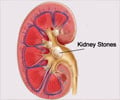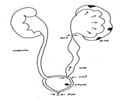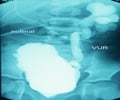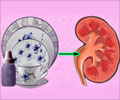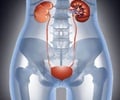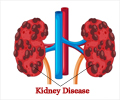Scientists have developed a novel tool that can accurately predict how likely a patient who experienced a painful kidney stone will develop another one in the future.

Dr. Rule and his colleagues conducted a study to help them develop a prediction tool that could be used by patients and their doctors to determine the risk of having a second symptomatic kidney stone after the first. The team reviewed the medical records of all adult first-time symptomatic stone formers residing in Olmsted County, Minnesota, from 1984 to 2003. Of the 2239 individuals identified, 707 experienced a recurrence through 2012.
From the information they gathered, the researchers developed the Recurrence of Kidney Stone (ROKS) nomogram that uses 11 questions about the patient to accurately calculate the probability of having another symptomatic kidney stone at 2, 5, or 10 years after the first stone. Characteristics that predict a higher risk include younger age, male gender, white race, family history of kidney stones, blood seen in the urine, stone made of uric acid (rather than calcium), obstructing stone in the kidney pelvis, any additional non-obstructing stone, and any past painful event attributed to a kidney stone even though a stone was not seen.
In an accompanying editorial, Brian Eisner, MD (Massachusetts General Hospital and Harvard Medical School) and David Goldfarb, MD (York Harbor VA Healthcare System and NYU School of Medicine) noted that for the nomogram to demonstrate value, it now should be tested prospectively in additional populations of stone formers. "Whether additional variables can be added to increase the usefulness of this tool will be of interest in the future," they added.
Source-Eurekalert


